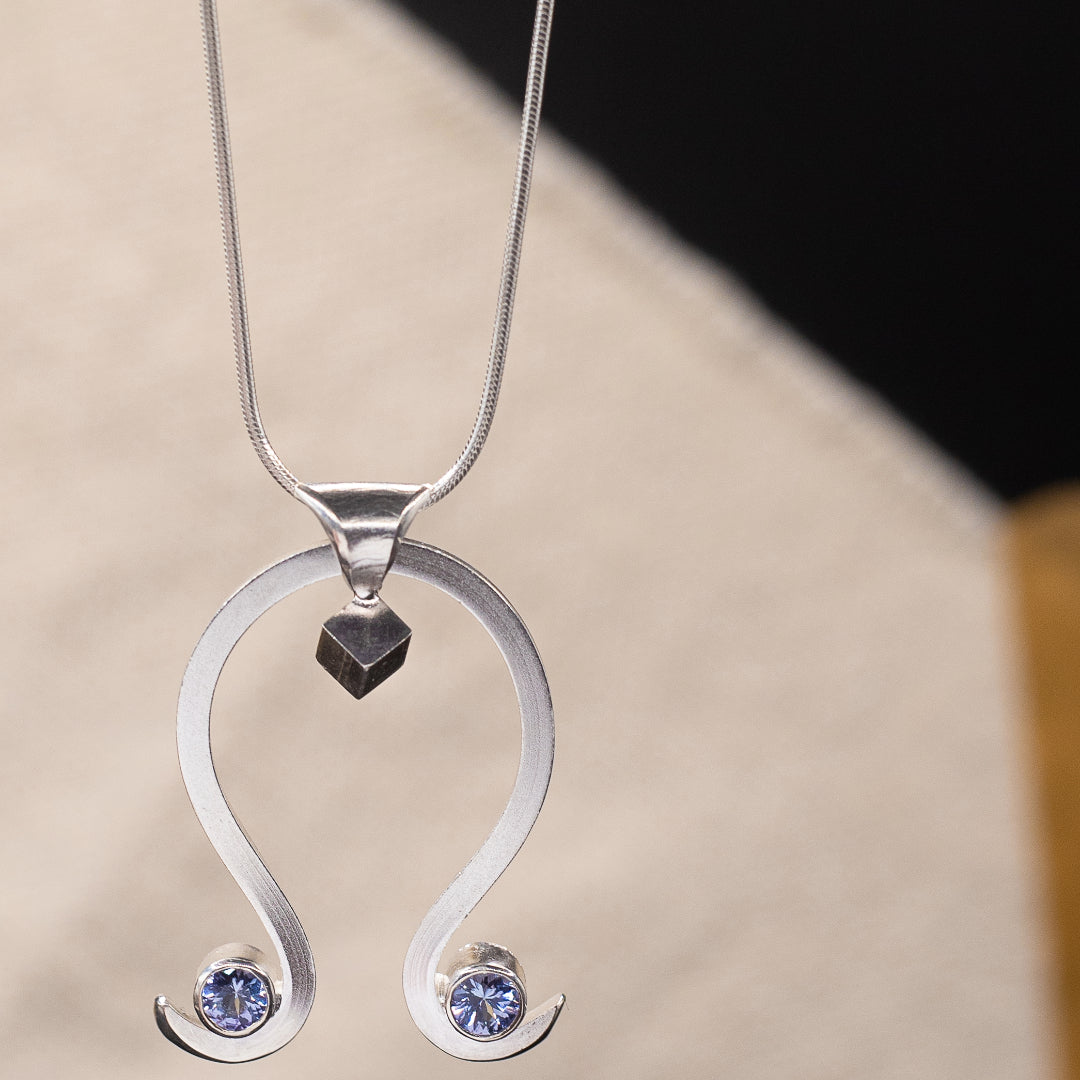Beyond their stunning beauty, birth gemstones carry profound meaning, symbolising individual identity and cultural tradition. Embracing these enduring symbols connects us to our roots, loved ones, or shared history. At Mo Ghrian, while our focus primarily revolves around the gemological characteristics of gems, there's one December birthstone we couldn't ignore—the mesmerizing Tanzanite
Tanzanite's Captivating History: Unveiling its captivating history in the 20th century, tanzanite emerged as a gemstone sensation from the heart of Tanzania's Merelani Hills. Initially identified as the mineral zoisite in 1962, it wasn't until 1967 that the primary source was discovered, leading to its christening as "tanzanite" in homage to its origin. Celebrated for its velvety texture, this December birthstone presents a spectrum from a pure rich blue to violet, with the deep blue hue being particularly prized. Embraced by Tiffany & Co. as a gem with international allure, tanzanite soared to fame in 1968 through a major advertising campaign. Today, it not only graces December birthdays but also signifies the 24th wedding anniversary.

Origins and Maintenance: The exclusive commercial mining of tanzanite occurs solely in the Merelani Hills of northern Tanzania, surrounded by a picturesque landscape of grass-covered hills, rocky soil, and the looming presence of Mount Kilimanjaro. Thousands of workers delve into mines over 300 feet deep to extract this exquisite gem, creating a harmonious blend of nature's bounty and human endeavour.
Tanzanite's Durability: Resistant to normal heat, light, and common chemicals, tanzanite ranks 6 to 7 on the Mohs scale of hardness. Despite its durability, caution is advised as extreme temperatures or sudden changes may cause cracks, and exposure to specific acids can pose risks. Classified as a variety of the mineral zoisite, tanzanite undergoes a fascinating transformation in colour when exposed to different lighting conditions. In its natural state, tanzanite often appears with a brownish hue, but through the process of heat treatment, which is widely accepted in the industry, it transforms into the vibrant blues and purples that make it so sought after. This heat treatment is conducted to remove the brown tones and enhance the gem's desirable colour spectrum. The pleochroism displayed by tanzanite is another remarkable trait, meaning it exhibits different colors when viewed from various angles. This unique property contributes to the gem's dynamic visual appeal, allowing it to showcase a mesmerizing interplay of colors that dance across its surface.
In the realm of gemstone trade, the ethical considerations surrounding Tanzanite have gained prominence. Fair trade practices have become a crucial aspect of sourcing Tanzanite, ensuring that miners receive fair wages, work in safe conditions, and that environmental sustainability is prioritized. Collaborative efforts within the industry aim to establish transparent supply chains that trace the journey of Tanzanite from its origin in the Merelani Hills to the final piece of jewelry. Embracing fair trade principles not only supports the livelihoods of those involved in Tanzanite extraction but also promotes responsible mining practices that safeguard the natural beauty of the Tanzanian landscape. At Mo Ghrian, we are committed to promoting fair trade and ethical sourcing in our gemstone acquisitions, recognizing the significance of responsible practices in creating a positive impact on both the people involved in the trade and the environment.





